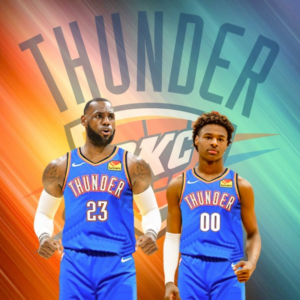This songbird has a small somewhat sharp, pointed bill. The male bird has an olive-colored upper body and a yellow lower body, with a white throat that stands out against his black head.
Meet the Australian Golden Whistler
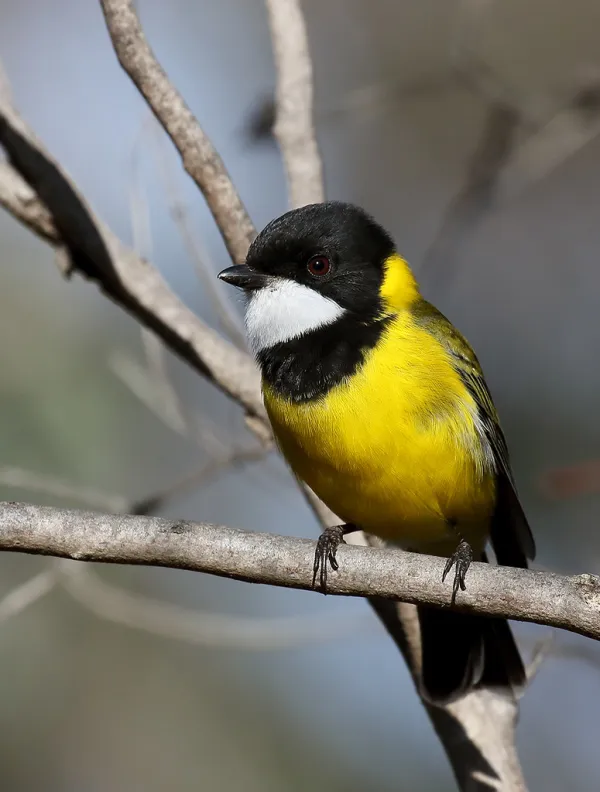
“Golden Whistler (Pachycephala pectoralis)” by patrickkavanagh is licensed under CC BY 2.0.
The Australian golden whistler (Pachycephala pectoralisis) is a medium-sized bird that sports a bright yellow underside and nape, an olive-green back and wings, a black head and chest-band, and a white throat. However, the Norfolk golden whistler presents a different plumage, with the male resembling the female.
Females of the Australian species are overall dull brownish-grey, although some may have yellowish undertail coverts.
Both sexes have a black bill, dark legs, and red-brown eyes. This species is known for its strong, musical voice.
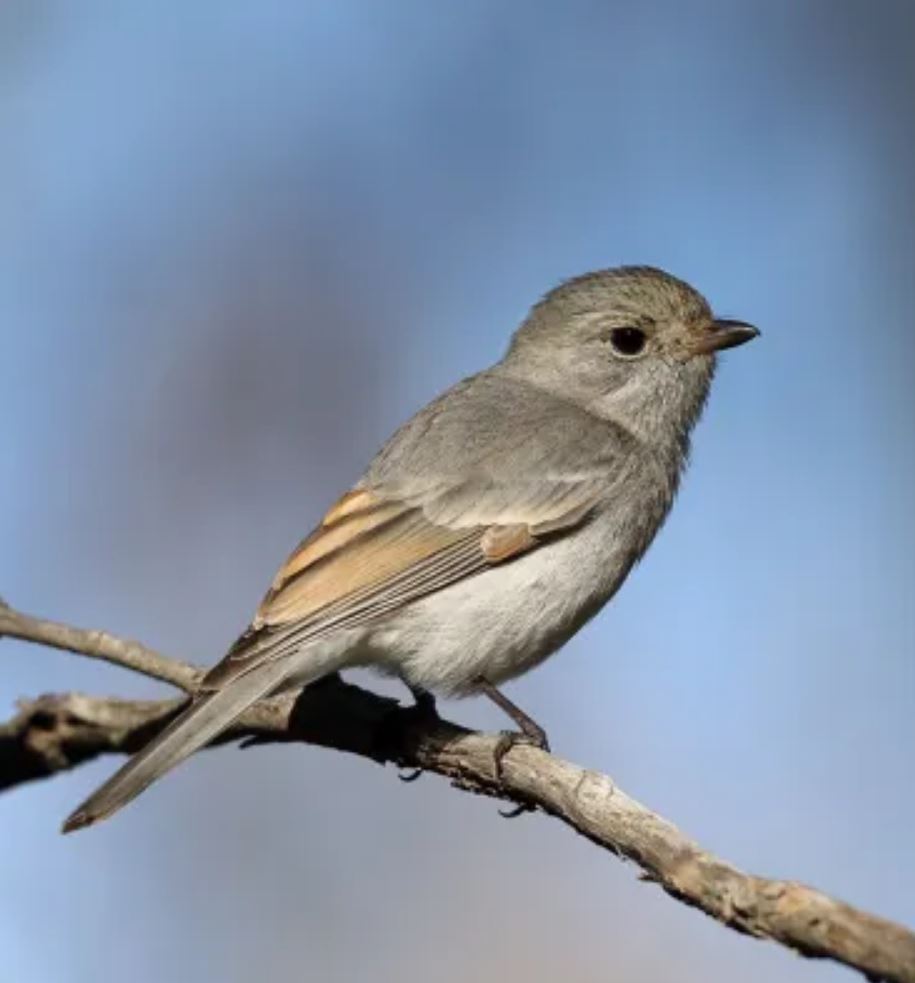
“Golden Whistler (Pachycephala pectoralis)” by patrickkavanagh is licensed under CC BY 2.0.
This is a species of bird that can be found in various habitats throughout Australia, such as forests, woodlands, mallee, mangroves, and scrub. However, it does not inhabit the interior and most of the northern regions of the country. While most populations of this species are resident year-round, some birds in southeastern Australia migrate north during the winter months.
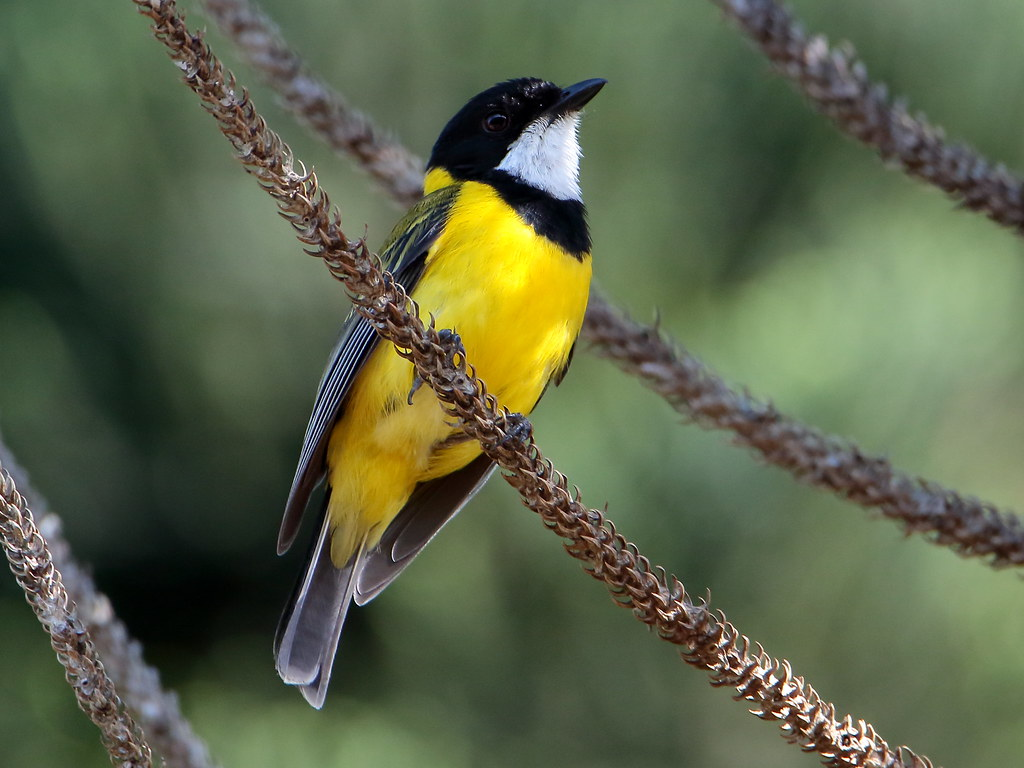
“Golden Whistler (Pachycephala pectoralis)” by Graham Winterflood is licensed under CC BY-SA 2.0.
The Australian golden whistler can be found in almost any wooded habitat, particularly in dense forests.
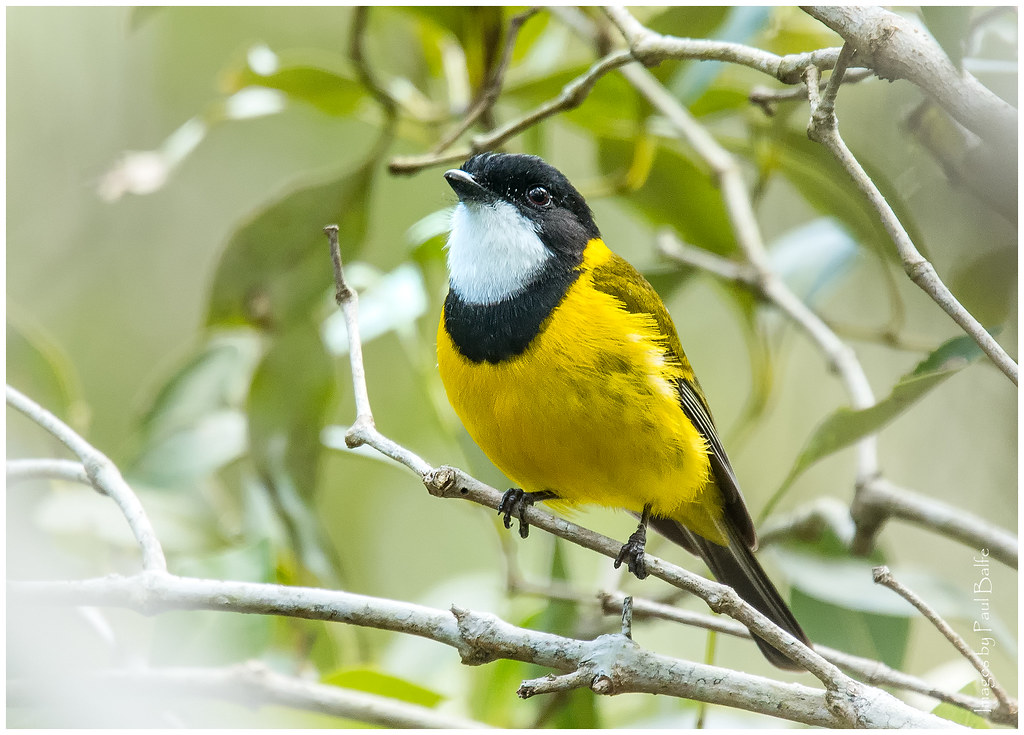
“Golden Whistler” by PaulBalfe is licensed under CC BY 2.0.
It feeds on a variety of food sources such as berries, insects, spiders, and other small arthropods. They usually feed alone and forage in the lower to middle tree level, although they may also participate in mixed-species feeding flocks.
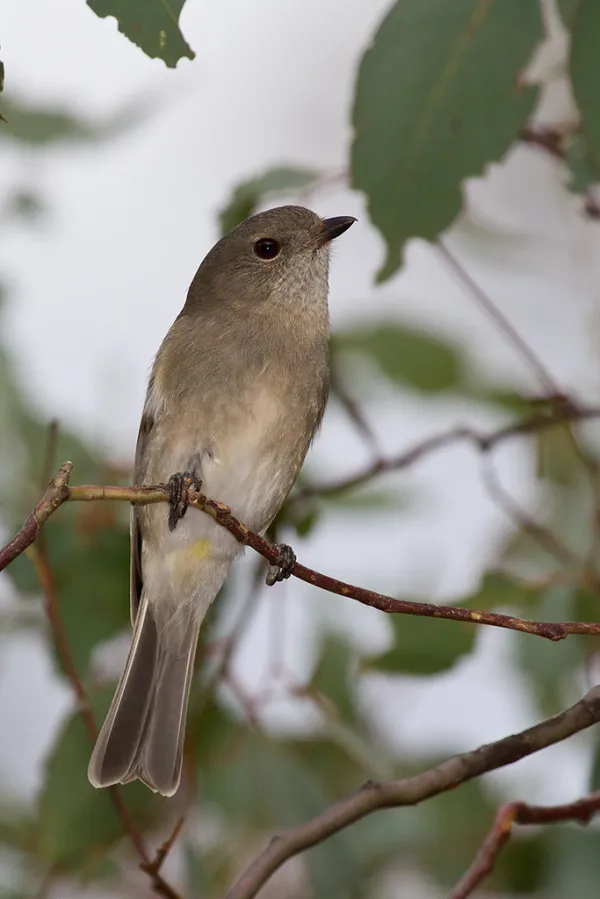
“Golden Whistler (Pachycephala pectoralis) female” by patrickkavanagh is licensed under CC BY 2.0.
Breeding for this species takes place between September and January. Both male and female work on the nest, which is a shallow bowl made of twigs, grass, and bark, and bound together with spider web. Only one brood is raised per season, and both birds share incubation and care of the young. Eggs hatch 15 days after they are laid, and the young leave the nest after 12 days.
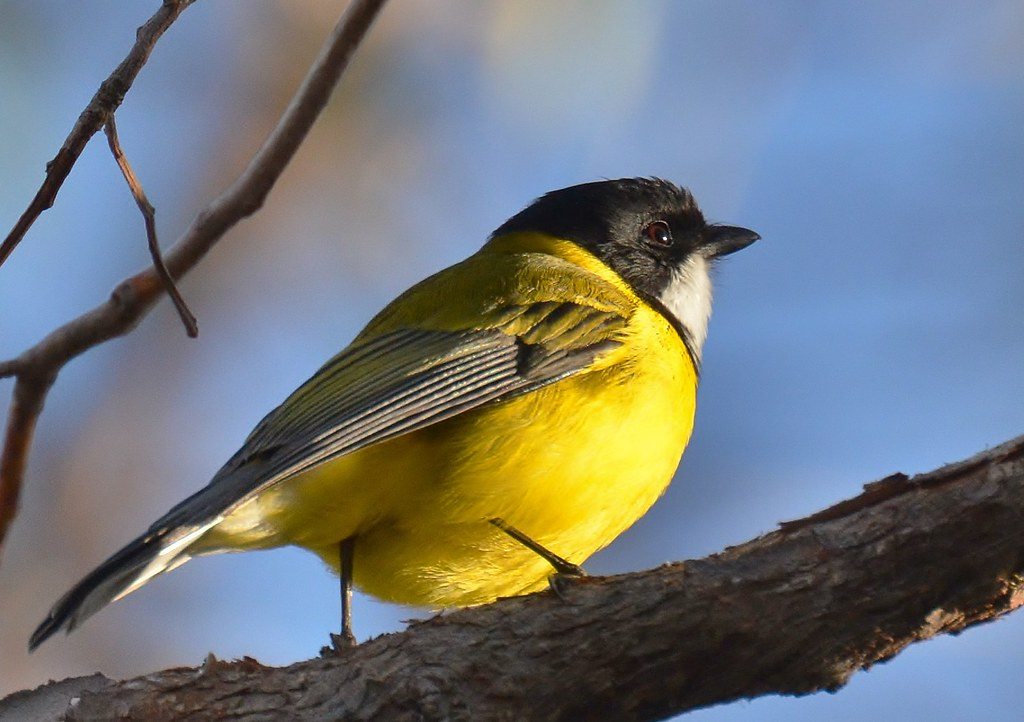
“Golden Whistler.” by Laurie R B is licensed under CC BY-SA 2.0.
Currently, the Australian golden whistler is considered of least concern, and it is generally described as common to fairly common. However, the Norfolk golden whistler population has been declining due to habitat loss and fragmentation, as well as introduced predators like the black rat. Most of the population is now confined to the Norfolk Island National Park, leading to its listing as a vulnerable species by the Australian Government.
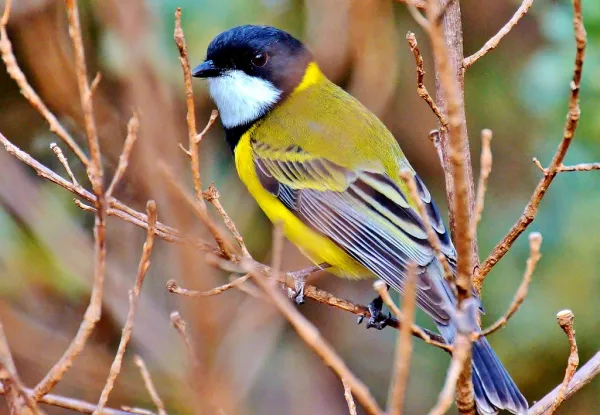
“Golden Whistler.” by Laurie R B is licensed under CC BY-SA 2.0.
Watch this bird in action:





